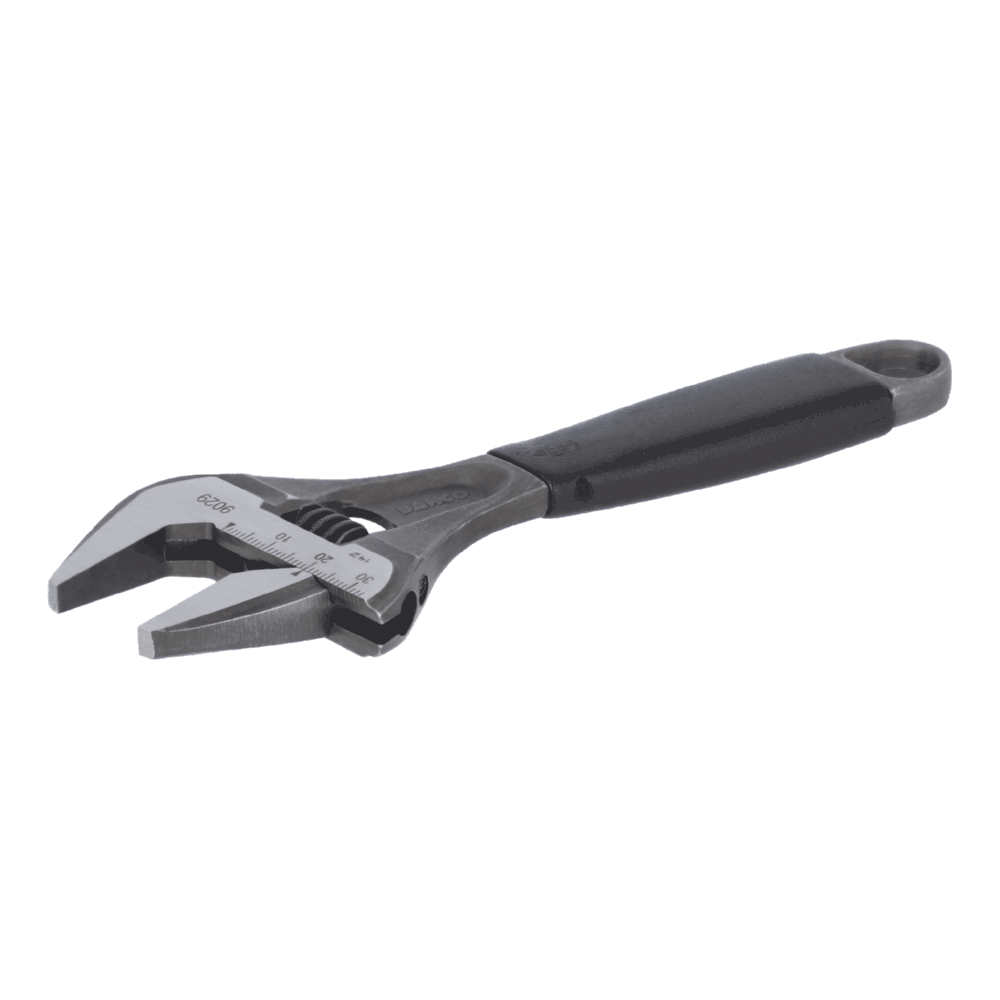Hand Tools

Common Adjustable Wrench Problems and How to Fix Them
An adjustable wrench is a multipurpose tool widely used for tightening and loosening nuts, bolts, and other fasteners. However, like any tool, adjustable wrenches can experience issues over time. Understanding common problems that may arise and knowing how to fix them will help you maintain your adjustable wrench in good working condition. In this blog, we will discuss some common adjustable wrench problems and provide solutions to address them effectively.
Problem 1: Loose Jaw:
One of the most common issues with adjustable wrenches is a loose jaw that slips or fails to grip the fastener properly.
Solution:
Check the knurled wheel or nut on the adjustable wrench handle to fix a loose jaw. Ensure that it is tightened securely. Inspect the pivot joint for wear or damage if the jaw is still loose. If necessary, tighten or replace any loose or worn parts. Additionally, ensure that the movable jaw is properly aligned with the fixed jaw. Adjust it as needed to ensure a snug fit.
Problem 2: Stuck Adjustment Mechanism:
Over time, the adjustment mechanism of an adjustable wrench can become stuck or difficult to move, making it challenging to change the jaw opening size.
Solution:
To address a stuck adjustment mechanism:
- Apply a few drops of penetrating oil or a rust dissolver to the moving parts.
- Allow it to penetrate for a few minutes, then attempt to move the adjustment mechanism.
- Gently tap the knurled wheel or nut with a rubber mallet to help loosen any seized parts. If the mechanism remains stuck, disassemble the wrench according to the manufacturer’s instructions, clean all parts thoroughly, and lubricate them with light machine oil.
- Reassemble the wrench, ensure proper alignment, and test the adjustment mechanism.
Problem 3: Worn or Damaged Jaws:
The jaws of an adjustable wrench can wear down or become damaged over time, resulting in a reduced grip on the fastener.
Solution:
If the jaws of your adjustable wrench are worn or damaged, consider replacing them. Most adjustable wrenches have replaceable jaws that can be easily swapped out. Consult the manufacturer’s instructions or contact their customer service to obtain the correct replacement jaws for your specific wrench model. Install the new jaws according to the instructions, ensuring a proper fit and alignment.
Problem 4: Excessive Play or Wiggle in the Jaw:
Excessive play or wiggle in the jaw can lead to an unreliable grip on the fastener, making the adjustable wrench less effective.
Solution:
Inspect the pivot joint for any wear or damage to address excessive play in the jaw. If the joint is worn or loose, it may require tightening or replacement. Please consult the manufacturer’s instructions or contact their customer service for guidance on adjusting or replacing the pivot joint. In some cases, it may be necessary to replace the entire adjustable wrench if the play cannot be resolved.
Problem 5: Rust and Corrosion:
Over time, adjustable wrenches may develop rust or corrosion, particularly if they are exposed to moisture or not correctly stored.
Solution:
To remove rust and corrosion from your adjustable wrench:
- Start by scrubbing the affected areas with a wire brush or steel wool.
- Use a rust dissolver or penetrating oil to loosen stubborn rust.
- Wipe the wrench clean with a cloth and ensure it is completely dry.
- Apply a light coat of lubricating oil or silicone spray to protect the wrench from future corrosion.
- Store the wrench in a dry area or use a rust-preventative product for long-term storage.